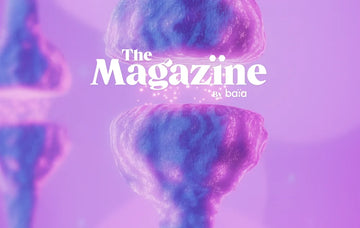5 tricks to reduce fluid retention
por Baia Food pt-PT Apr 10, 2017
Tabla de contenidos
Fluid retention occurs when excess fluid accumulates within the tissues. The most visible symptoms are: bloating in the legs, abdomen, and ankles. When contributing factors include stress, diet, a sedentary lifestyle, or smoking, it can be significantly improved by following these tips:
Reduce sodium intake
Sodium binds to water in the body and Help Maintaining fluid balance inside and outside your cells. If you frequently eat foods high in salt, such as processed foods, your body will naturally retain more fluid. Avoid overusing salt when preparing your food, opting instead for aromatic herbs, black pepper, or turmeric.
Increase your intake of foods rich in magnesium and vitamin B6
More than 300 enzymatic reactions in the body require this mineral, which is key to reducing and preventing fluid retention. Raw, unsalted nuts, ORGANIC COCOA, kale, beans or spinach are very good sources of magnesium.
Vitamin B6, for its part, contributes to the formation of red blood cells and the good condition of the nervous system.
The best sources are bananas, walnuts, brown rice, hazelnuts, and raw garlic.
Try diuretic infusions
Dandelion, horsetail, and fennel infusions are very diuretic. Try drinking them after meals or between meals, replacing sugar or artificial sweeteners with a few drops of lemon.
Incorporate foods with potassium into your diet
This mineral is also an electrolyte, like sodium and chloride, which contributes to the pressure and concentration of substances inside and outside cells. If we eat too much salt, potassium requirements increase. A lack of this macromineral in the diet aggravates fluid retention and hypertension. The best sources are bananas, apricots, chickpeas, and ORGANIC ACAI, chard, potatoes, and pumpkin and sunflower seeds.
Forget about the refined carbohydrates
High insulin levels in the body cause greater fluid retention because they increase sodium reabsorption in the kidneys. Avoid sweets, pastries, processed cookies, alcohol, and refined grains.
Of course, don't forget to drink water between meals. Many people prone to fluid retention avoid it for fear of further bloating, which is a mistake. When dehydrated, the body will retain more fluid as a defense mechanism, which will worsen symptoms.
Get some exercise every day, even if it's just a 30-minute walk, to lose weight and improve circulation.









